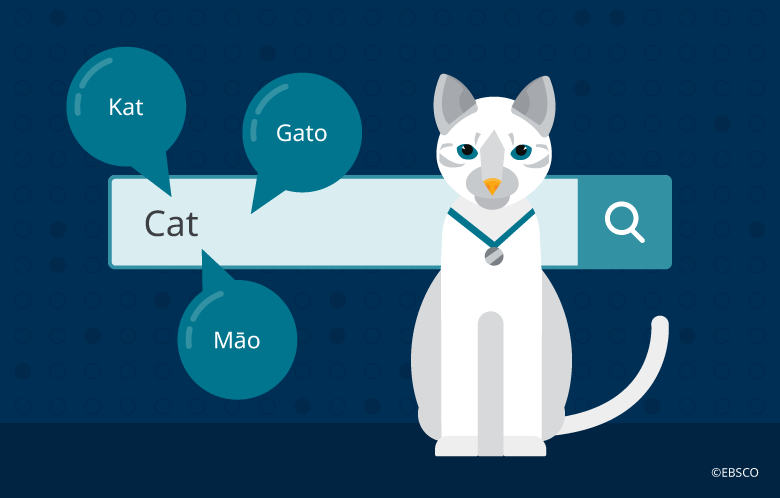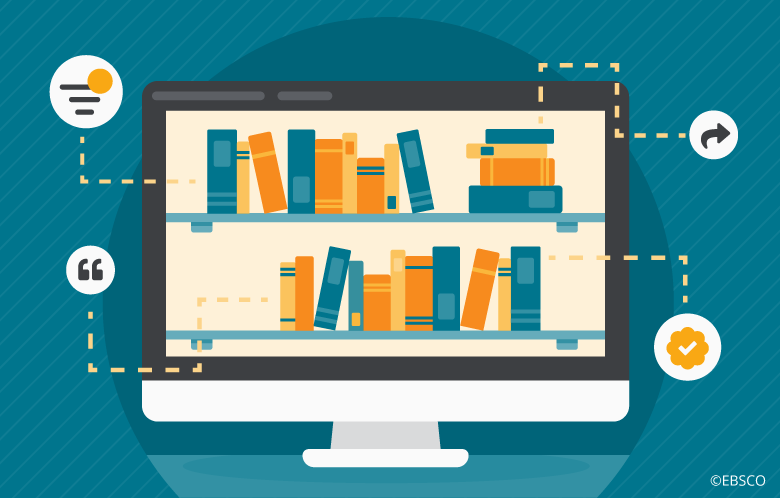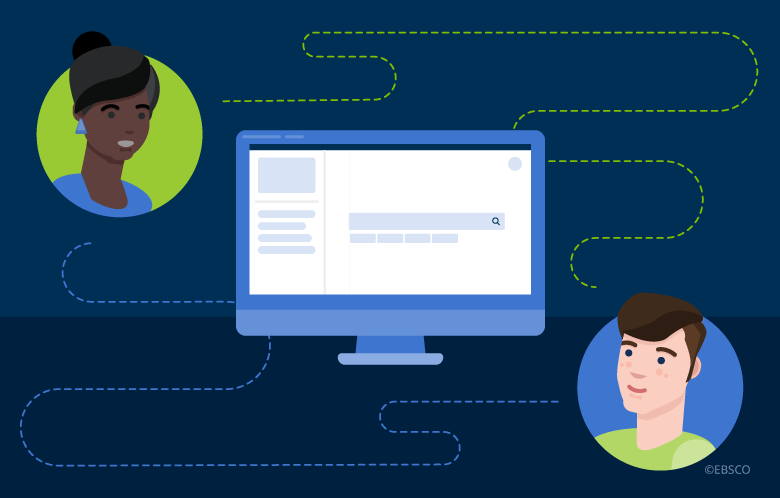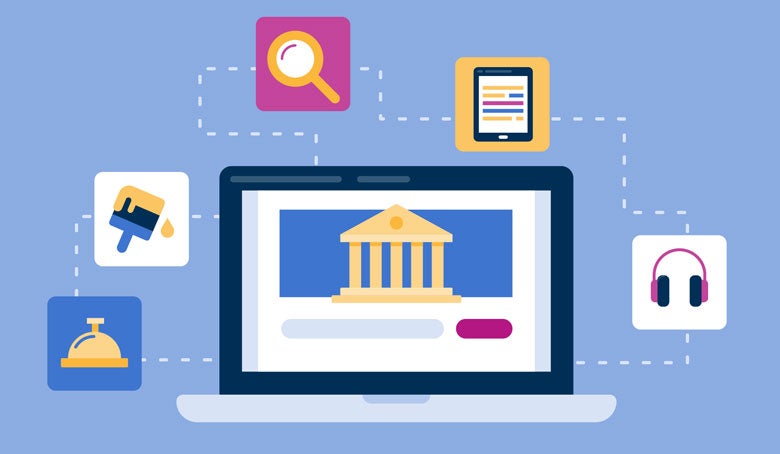What do library patrons do when they need to conduct a search, but aren’t sure of the best words to use? Usually, they’ll come up their best guess, which can be hit-and-miss. Fortunately, due to advances in discovery technology, these guesses can now be more “hit” and less “miss.”
This is an important leap, because as the world has become more Internet-driven and the amount of information that libraries track has expanded exponentially, print-based and physically-located indexing has had to be supplemented by digital systems that need to tell the patron where to go to find the resources they need. But library systems haven’t always kept pace with the commercial platforms patrons are accustomed to, ranging from Facebook to Netflix. These platforms have features such as tagging or intuitive visual displays. And when patrons encounter a library search system that doesn’t meet their expectations, they get frustrated and give up.
A discovery service with a sophisticated Knowledge Graph (a digital database network that tags connections between concepts, subjects, and topics) can understand ideas independently of the words used to express them. This means that the patron doesn’t have to know the “right” word for their search. Instead, the discovery service figures that out for them.
An advanced Knowledge Graph can also be used as the basis for a visual representation of the subject the patron is investigating and its connections to still other subjects. Such a graphical display can help patrons get a larger sense of the context of their search and give them the ability to steer their research since they can literally see where their ideas can take them.
EBSCO has been investigating the impact that a patron’s search language has on how they do their research — what methods they use, what words they employ — and has evolved EBSCO Discovery Service™ (EDS) into a search tool that can meet the needs of all its users. Whether a patron is trained in “libraryspeak,” or whether they are searching in different languages, they can perform a search that is just as good as any done by an expert researcher.
EBSCO has been investigating the impact that a patron’s search language has on how they do their research — what methods they use, what words they employ — and has evolved EBSCO Discovery Service™ (EDS) into a search tool that can meet the needs of all its users.
EBSCO has been investigating the impact that a patron’s search language has on how they do their research — what methods they use, what words they employ — and has evolved EBSCO Discovery Service™ (EDS) into a search tool that can meet the needs of all its users.
This is called “equitable search” and it has opened discovery to a more diverse array of information access points, meaning EDS understands more words in other languages as well as "everyday" English. EDS achieved this in several stages through its Knowledge Graph:
- Synonyms and controlled subjects were mapped together
- Users' natural language was mapped to each subject grouping, including more than 200-plus languages and dialects
- Subjects were then mapped to each other with explicate relationships, such as “type of” and “symptom of”
The work done in these phases enhances the query expansion capabilities of EDS and are dubbed “Enhanced Search Precision” (ESP). ESP also powers the visual discovery on EDS, known as the EBSCO Concept Map. The Concept Map shows patrons relationships between subjects, helping them find results that are more meaningful, as it allows them to frame the context and set the depth at which they want to explore the material being researched.
The result is a more equitable discovery experience that allows public libraries to engage their communities better. Patrons using EDS can search in their natural language, employ visual tools to steer and target their research, and get search results that are just as precise as those any expert trained in “libraryspeak” would find.



